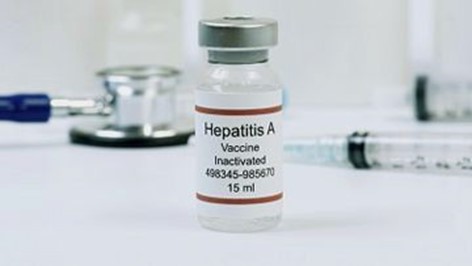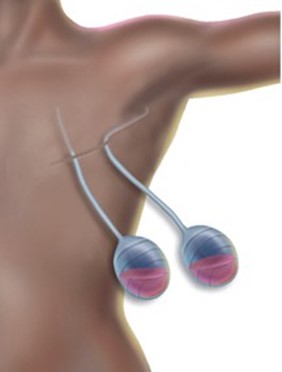A nurse is planning a staff education session about hepatitis.
Which of the following information should the nurse include?
Immunization for hepatitis A is recommended prior to travel to high-risk areas.
Hepatitis A is transmitted through blood-to-blood exposure.
Clients who have hepatitis A require a broad-spectrum antibiotic.
The incubation period of hepatitis A is 5 to 10 days.
The Correct Answer is A
Hepatitis A is a highly contagious liver infection caused by the hepatitis A virus and is most likely to be contracted from contaminated food or water or from close contact with a person or object that’s infected.
The hepatitis A vaccine can protect against hepatitis A and is recommended for travelers to high-risk areas.
Choice B is incorrect because hepatitis A is not transmitted through blood-to-blood exposure but rather through ingestion of contaminated food or water or through direct contact with an infectious person.
Choice C is incorrect because antibiotics are not used to treat viral infections such as hepatitis
A. Choice D is incorrect because the incubation period of hepatitis A is typically 2-6 weeks, not 5-10 days.

Nursing Test Bank
Naxlex Comprehensive Predictor Exams
Related Questions
Correct Answer is D
Explanation
“I should expect less than 25 mL of secretions per day in the drainage devices.” After a mastectomy with breast reconstruction using a tissue expander, you may go home with drains in your chest to remove extra fluid.

Choice A is wrong because performing strength-building arm exercises using a 15-pound weight is not recommended.
Choice B is wrong because waiting 2 months before additional saline can be added to the breast expander is not accurate.
Choice C is wrong because keeping the left arm flexed at the elbow as much as possible is not recommended.
Correct Answer is A
Explanation
The nurse’s priority assessment in the PACU (Post-Anesthesia Care Unit) should be the client’s respiratory status.

This is because the client is recovering from anesthesia and may have an altered respiratory function.
Choice B, assessing the surgical site, is not an answer because it is not the priority assessment for a client in the PACU.
Choice C, assessing the level of consciousness, is not an answer because it is not the priority assessment for a client in the PACU.
Choice D, assessing the pain level, is not an answer because it is not the priority assessment for a client in the PACU.
Whether you are a student looking to ace your exams or a practicing nurse seeking to enhance your expertise , our nursing education contents will empower you with the confidence and competence to make a difference in the lives of patients and become a respected leader in the healthcare field.
Visit Naxlex, invest in your future and unlock endless possibilities with our unparalleled nursing education contents today
Report Wrong Answer on the Current Question
Do you disagree with the answer? If yes, what is your expected answer? Explain.
Kindly be descriptive with the issue you are facing.
